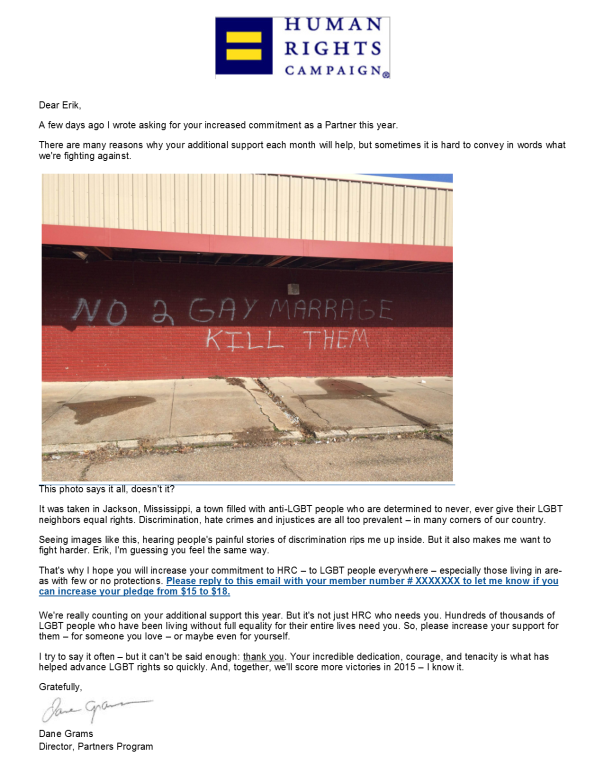Lisa Green is an aspiring blogger who has graciously agreed to provide this amazing post while I am taking a much-needed vacation for the next few weeks. Thanks, Lisa! ~Erik
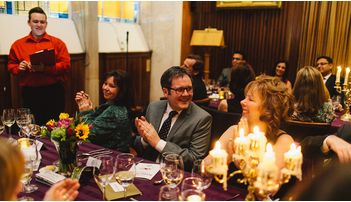 An event hosted by a nonprofit is often fighting an uphill battle even before the first committee meeting is scheduled. A finite amount of funds and resources are often all that is available to these worthy causes, which makes raising money for cancer research or underprivileged children even more crucial. However, the lack of resources can leave those involved frustrated, overworked and unsure of how to make an event impactful while working under such budgetary conditions.
An event hosted by a nonprofit is often fighting an uphill battle even before the first committee meeting is scheduled. A finite amount of funds and resources are often all that is available to these worthy causes, which makes raising money for cancer research or underprivileged children even more crucial. However, the lack of resources can leave those involved frustrated, overworked and unsure of how to make an event impactful while working under such budgetary conditions.
Even when working with such few resources, a fundraising event can be successful if a nonprofit organization has a high standard of excellence for any sponsor or company they work with rather than aiming for whoever offers the lowest price on the market. A prosperous nonprofit should instead look for sponsors, vendors and companies that can help provide excellent support and top-notch service as well as having experience working in the industry, all while being affordable.
One way to accomplish all of these goals for a fundraising party or dinner is to invest in an event manager. This might on the surface seem like an unnecessary expense, but a quality event management company will know how to make the most out of what is available as well as how to raise the most funds for a cause.
To ensure you are hiring a stellar event manager that will benefit you in the long run, you will need to do your research. In particular, you will need to know what specific questions to ask to help you determine exactly what you’re getting when you hire a company.
Do you know how to work with a nonprofit budget?
An event manager should never ask you to spend outside of your budget. Instead he or she should maximize the amount of funds you have and help you make your gathering look like it cost far more than it actually did.
Verifying that your event management company has worked in the industry previously and asking for specific references or companies they’ve worked with will let you know if they have this capability and if they can provide all that they claim.
What is your experience with fundraising and money collection?
A huge portion of a fundraising event is collecting and keeping track of donations. This can be a tricky business, particularly when working with promised amounts and personal information.
That’s why it is crucial for to verify that an event planning company has a clear plan on collecting funds from your supporters. Whether that is through a verified mobile bidding service that allows you to collect bids from around the globe or a paper-based system that focuses on the crowd in front of you, your event planners should have a sterling reputation with money as well as a clear plan for when you will receive your donations.
It is also important to verify that your event planners have certain connections and abilities to help save you money in the long run. For example, a smaller business might have to pay a large fee for your guests to pay with a certain credit card, but a company with a relationship with that particular card can save you from paying such a large charge.
How involved are you?
This is how you can determine if you are getting a day-of coordinator or a planning partner. An event company that gets involved from the beginning is preferable to one that comes in late in the game, as an involved planner will know your budget, help you craft a doable timeline and will care about your cause as much as you do.
 How can you improve our donations?
How can you improve our donations?
Part of the appeal of hiring an event planner for a nonprofit fundraising event is the idea that if the event runs more smoothly and looks more enticing, donations will increase. The company you hire should be able to outline a clear way in which they can help you earn more for your cause, be it a specific marketing plan or an online payment method for auctions.
Do you have any guarantees on your technology?
Should the event planning company have any technology that they offer to employ for your event, be it a customized website or an online auction app, you will need a formal promise that the company has a back-up plan in case of an emergency. This guarantee should come in the form of a service-level agreement (SLA) that details specific ways the company will ensure that you do not lose money in case of a power outage or other disaster.
For example, with a mobile-bidding app, an event-planning company should plan in case of bad cell reception. A SLA would detail what would be done in this case, such as installing cell signal repeaters to ensure constant coverage.
How do you improve guest experience?
Earning money for a good cause is obviously the primary goal of any fundraising event, but it is also important to create an atmosphere that helps attendees enjoy themselves. These event planners should help you plan games or entertainment, as well as help ramp up competition on auctions to help increase donations and interaction among the attendees.
A great event planning company for a nonprofit should do more than just contact caterers or set up a silent auction. They should put the cause first and respect the needs of a nonprofit, ensuring that your charity earns the most donations possible to accomplish the true goal of this event – helping those in need.



 What goals do you hope to achieve with your fundraising campaign? In addition to raising funds, what else do you hope to accomplish: spread awareness, gain new supporters, strengthen relationships, etc. Jot down your goals as this will shed light on the activities that will follow.
What goals do you hope to achieve with your fundraising campaign? In addition to raising funds, what else do you hope to accomplish: spread awareness, gain new supporters, strengthen relationships, etc. Jot down your goals as this will shed light on the activities that will follow. Who is your target market and where can you find them? Are they active online? If so, make sure you have a fundraising website that’s attractive and easy to navigate. Then not only will you want to make sure your message gets broadcast through online channels, but also make sure it’s easy for people to share your message. Use social sharing widgets & post cool imagery and videos that draw people in. Give people an incentive to help you spread the word. Award people who raise the most funds or drive the most traffic to your website. Look to relevant social media groups that are already invested in your cause and may be more likely to give back. Don’t forget about online channels such as online community groups, local email lists, online calendar of events listings, etc. Leverage existing connections by asking them to tap into their networks.
Who is your target market and where can you find them? Are they active online? If so, make sure you have a fundraising website that’s attractive and easy to navigate. Then not only will you want to make sure your message gets broadcast through online channels, but also make sure it’s easy for people to share your message. Use social sharing widgets & post cool imagery and videos that draw people in. Give people an incentive to help you spread the word. Award people who raise the most funds or drive the most traffic to your website. Look to relevant social media groups that are already invested in your cause and may be more likely to give back. Don’t forget about online channels such as online community groups, local email lists, online calendar of events listings, etc. Leverage existing connections by asking them to tap into their networks.
 Do you know which skills and experiences are most important for a new board volunteer to possess in order to succeed on your board? Knowing this could help your organization conduct better prospecting exercises and result in better prospect recruitment lists. Today’s post is the third in a three part non-profit board development series that started last week. During this time, we focused on a recent survey released by our friends at non-profit
Do you know which skills and experiences are most important for a new board volunteer to possess in order to succeed on your board? Knowing this could help your organization conduct better prospecting exercises and result in better prospect recruitment lists. Today’s post is the third in a three part non-profit board development series that started last week. During this time, we focused on a recent survey released by our friends at non-profit 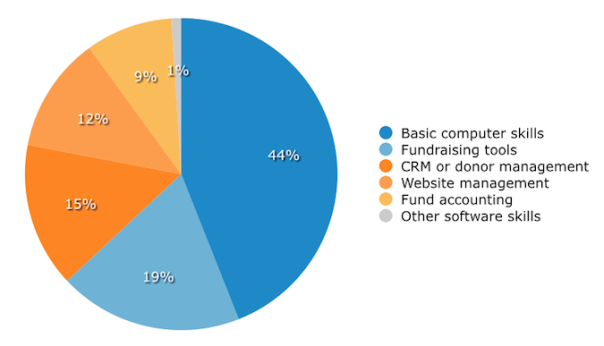

 If you haven’t heard
If you haven’t heard  I am a member of GenX, and this news made my heart sing. I was so excited to hear that my Baby Boomer board could be transformed into that type of board. I came home from that conference with renewed focus and determination to figure out how tech can help my board become more engaged and efficient in governance.
I am a member of GenX, and this news made my heart sing. I was so excited to hear that my Baby Boomer board could be transformed into that type of board. I came home from that conference with renewed focus and determination to figure out how tech can help my board become more engaged and efficient in governance. When I read that only 25% of survey respondents identified “fundraising skills and experiences” as having a great impact on a board member’s success, I literally groaned and rolled by eyes.
When I read that only 25% of survey respondents identified “fundraising skills and experiences” as having a great impact on a board member’s success, I literally groaned and rolled by eyes.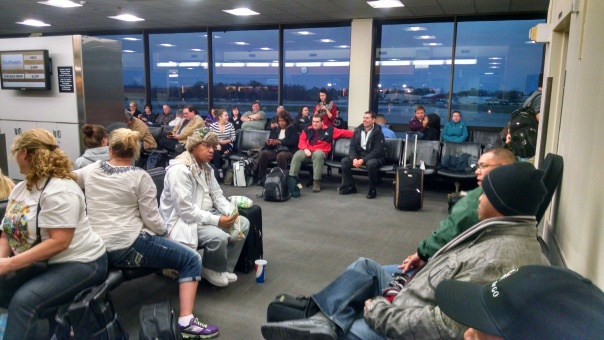


 It has been called a crisis, scandal, controversy, and problem by journalists. If you are remotely plugged into the world around you, then you’ve probably heard or read something about
It has been called a crisis, scandal, controversy, and problem by journalists. If you are remotely plugged into the world around you, then you’ve probably heard or read something about  None of this was malicious. It was always done out of a frantic sense of convenience and lack of time (or so I told myself).
None of this was malicious. It was always done out of a frantic sense of convenience and lack of time (or so I told myself). Most non-profit organizations are stretched too thin. I know, I know. But this is something you need to make time for because it is important.
Most non-profit organizations are stretched too thin. I know, I know. But this is something you need to make time for because it is important. Create separation and segment your life
Create separation and segment your life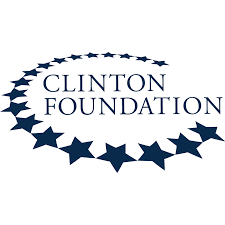 It hasn’t been talked about much, but the Hillary Clinton email story is a “
It hasn’t been talked about much, but the Hillary Clinton email story is a “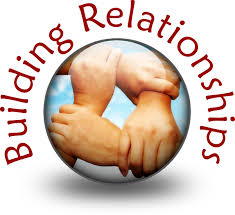 Last week I had the privilege of soliciting someone for an annual campaign pledge over a cup of coffee. In addition to securing their pledge, this was a nice opportunity to catch up because we hadn’t seen each other in a few years. As I neared the bottom of my cup of coffee, this donor reminded me of something important concerning most non-profit organization’s annual campaign efforts and donor loyalty rates.
Last week I had the privilege of soliciting someone for an annual campaign pledge over a cup of coffee. In addition to securing their pledge, this was a nice opportunity to catch up because we hadn’t seen each other in a few years. As I neared the bottom of my cup of coffee, this donor reminded me of something important concerning most non-profit organization’s annual campaign efforts and donor loyalty rates.